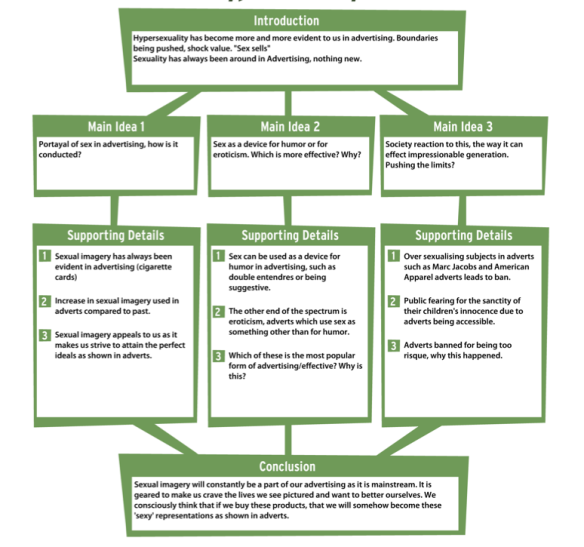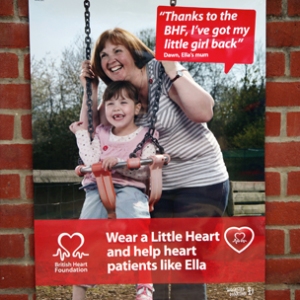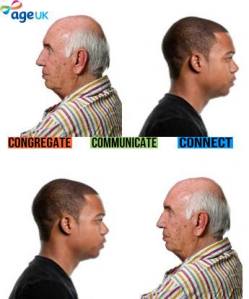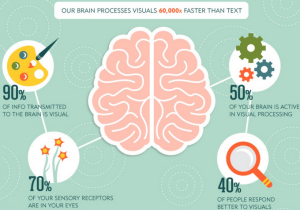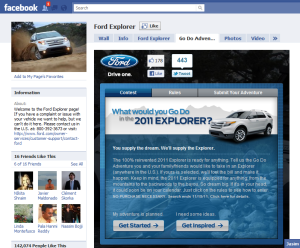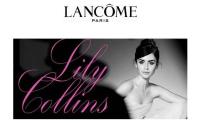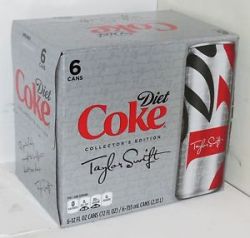As part of our project development, we chose to target this idea of stereotypes and misconceptions of the demographics both 18-25 and 65+. In order to create this idea of cross-generation bridge building, we needed to remove the gap between both demographics which had been caused by the misrepresentations of each age boundary. We are subject to the presentations of these demographics in the media, in fictional things such as TV shows and movies. This can be harmful because it can create false prejudice.
Representation of Younger Demographic :
In an article, it is explained that the Media is responsible for the demonisation of youths (Garner, R. 2009) in news reports. There is no doubt in understanding that it is actions like these that can create this intimidating stigma around those of our particular demographic. Representation also stems into fiction, with popular shows (Skins, 2007) portraying teenagers as messed up and lacking respect for society.
Representation of Older Demographic :
In 2008, the BBC ran a show which was called Grumpy Old Men. The concept of the TV show was to give famous older men several scenarios and the film their complaints about each one. In one particular episode, they discuss mobile phones (Grumpy Old Men, 2003) with one man remarking “they talk to each other a lot about about so very little.” This portrays this idea that all of an older demographic are very much traditional and haters of the advances in modern society both technologically and socially.
Bibliography:
Garner, R. (2009) ‘Hoodies, louts, scum’: How the Media demonises teenagers. The Independent [online]. [Accessed 3 January 2014].
Skins (2007) Series 1, Episode 1, Tony [TV]. Channel 4, 25 January.
Grumpy Old Men (2003) Series 1, Episode 2, Stuff [TV]. BBC One, 17 October.
